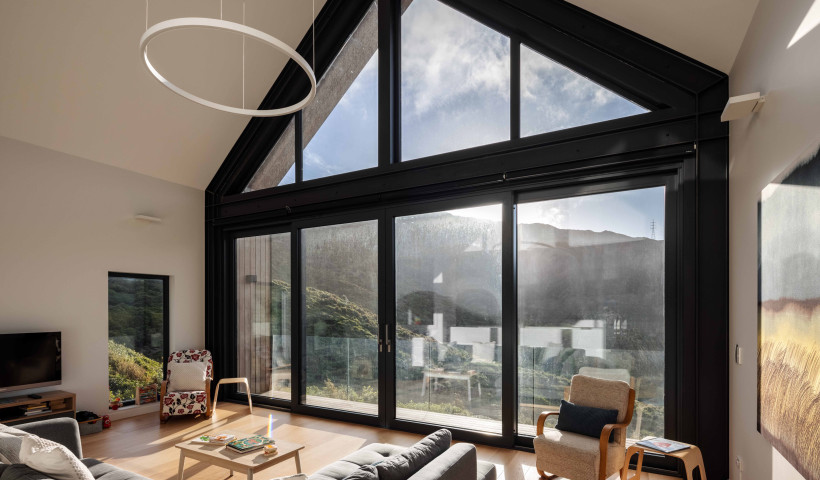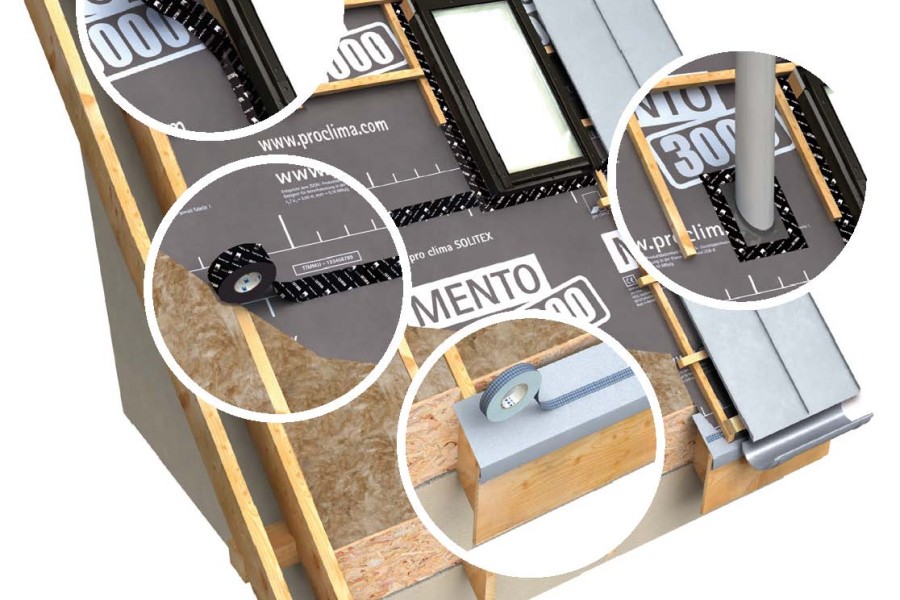
To quote Joe Lstiburek, the Godfather of Building Science: "Even the dumbest of the three little pigs didn't build his house out of paper." So how should we build?
Adherence to building code clauses isn't just a regulatory requirement; it's the cornerstone of building durable, healthy, and efficient environments. More importantly, failure to understand the relationship between clauses B1, B2, E2, H1 and E3 of the NZ Building Code can have severe consequences. From structural instability and mould growth to compromised insulation and poor indoor air quality, the risks associated with non-compliance extend far beyond financial losses and fines to more human concerns like life-shortening health hazards.
In this Knowledge Zone series of five online presentations, Simon Cator, Richard Hollard, Soren Webb, Catherine McGregor and Ben Ingledew share their expertise on how a structural engineer can impact thermal performance, how the designer can save a client money while creating a better thermal envelope, how the cost of modelling offsets the need for expensive roof truss engineering and materials, and why compliance with E3 can be challenged more rigorously by councils.
Through panel discussions and real-world examples, you will gain insights into overcoming common challenges and achieving better compliance. When we talk about compliance, we don’t mean doing just enough to meet building code and get the consent to build, but to aim higher, smash it out of the park, and design and build with the knowledge that we satisfy the high-level objectives of the building code, which, at the end of the day, can’t be questioned.
Whether you are an architect, engineer, builder, or building inspector, these sessions offer valuable insights that will help you frame your approach to designing, building, and assessing future projects.
Join Pro Clima NZ as they prioritise fact-based education, dispel half-truths and years of “shared knowledge” by unpacking and repacking the relationship between clauses B1, B2, E2, H1, and naughty E3, and identify potential improvements to ensure long-term building durability and well-being of occupants.













 New Products
New Products















 Popular Products from pro clima
Popular Products from pro clima

 Posts by Pro Clima Technical
Posts by Pro Clima Technical
 Most Popular
Most Popular


